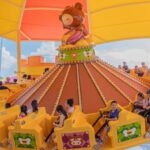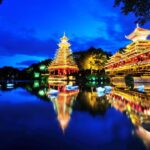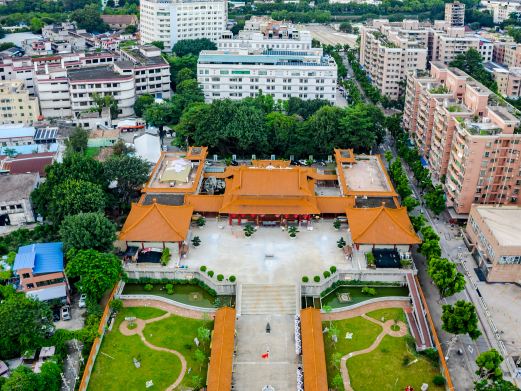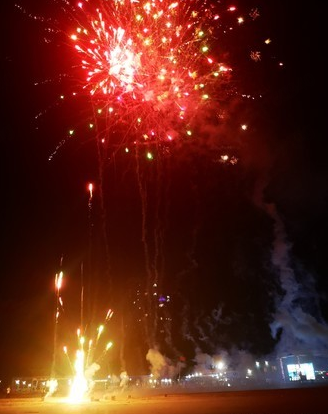The Xiasha Village Museum is a cultural facility built with tens of millions of special funds invested by Xiasha Industrial Joint-Stock Company. The museum was completed in May 2005 and is open to the public free of charge. The museum records the more than 800-year development history of Xiasha, promotes excellent traditional culture, and enables more people to understand the unique customs and folkways of Xiasha and understand Lingnan culture. The museum building also houses multi-functional places such as a library, activity centers for veteran cadres, Party members, and the elderly, a public security monitoring center, and a child care center, which are open to all residents free of charge. The museum mainly displays traditional cultural items with southern Guangdong style and Lingnan style, including ancient cultural relics, sculptures, paintings, and photos. The museum is divided into four exhibition halls, which show the culture of Xiasha from different aspects. The first exhibition hall is ‘Horses Galloping Out of Exotic Places’, which mainly presents the origin of Xiasha. This exhibition hall exhibits horse sculptures, portraits, sculptures, historical records of Huang Qiaoshan (commonly known as Duke Qiaoshan), the ancestor who established the village, Huang Yaoting, a famous general of the 1911 Revolution, and other historical figures and celebrities of Xiasha, as well as some cultural relics used by people in Xiasha. There is also a projection room in a corner of this exhibition hall, equipped with advanced projection equipment, which can accommodate nearly a hundred people. It mainly shows feature films about Xiasha’s past and present. At that time, tourists can learn about the general appearance of Xiasha Village in the past and present here.
The second exhibition hall is ‘Eight Hundred Years of Farming the Mountains and Tilling the Sea’, which mainly exhibits some production and daily necessities used by people in Xiasha in the past, including miniature models of tile-roofed houses where villagers in Xiasha lived in the past and some farm tools. There is also a group of sculptures reflecting the oyster farming scene of the people in Xiasha, which is very eye-catching. The third exhibition hall is ‘The Grand Basin Feast Shared by All’. The grand basin feast in Xiasha Village has a history of several hundred years. On the Lantern Festival and some important days and festive activities every year, in addition to holding grand basin feasts, dragon dances, lion dances and traditional operas will also be performed. After eating the ‘grand basin feast’, people hope for national prosperity and people’s well-being and a bumper harvest in the coming year. According to reports, the grand basin feast is made of 15 kinds of dishes, including oysters, ducks, pork, eels, squid, oil tofu, dried bamboo shoots, mushrooms, dried eels, pork skin, black fungus, mushrooms, celery, and radishes. This exhibition hall shows close-up shots of the production process of the grand basin feast and is equipped with two computer touch screens, which can facilitate people to further understand information about the grand basin feast. The fourth exhibition hall is ‘Looking at the Present with Prosperity and Strength, Thinking about Progress and Looking to the Future’. It is mainly a photo exhibition, mainly reflecting the situation after the reform and opening up, especially after Xiasha Village was transformed into Xiasha Industrial Joint-Stock Company in 1992, realizing the great transformation from rural areas to urbanization and achieving one brilliant achievement after another. Opening hours: Closed all day on Monday throughout the year; Open from 09:00 to 12:00 and from 14:00 to 17:30 on Tuesday to Sunday throughout the year.Xiasha Museum
The Xiasha Village Museum is a cultural facility built with tens of millions of special funds invest[...]









